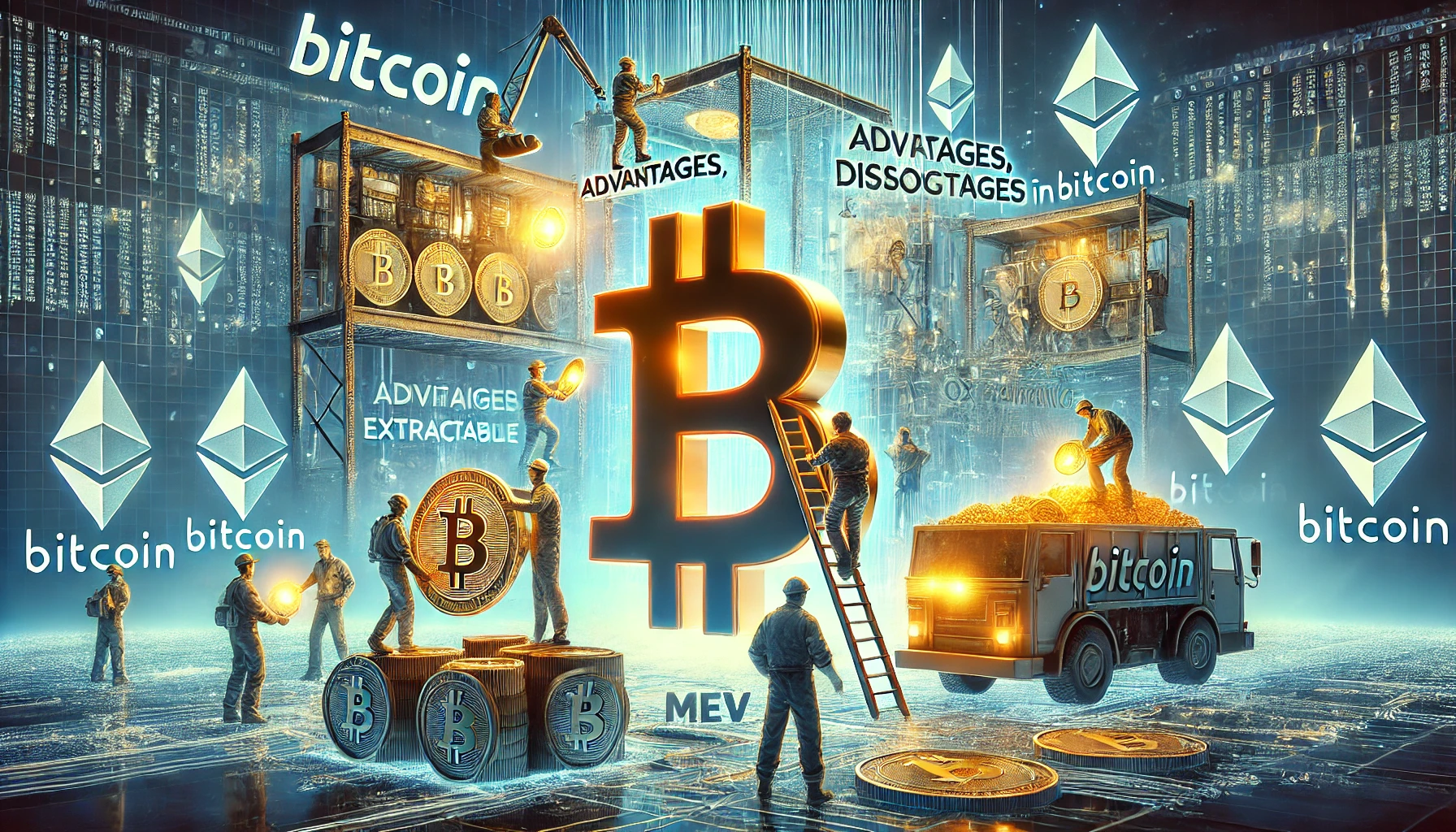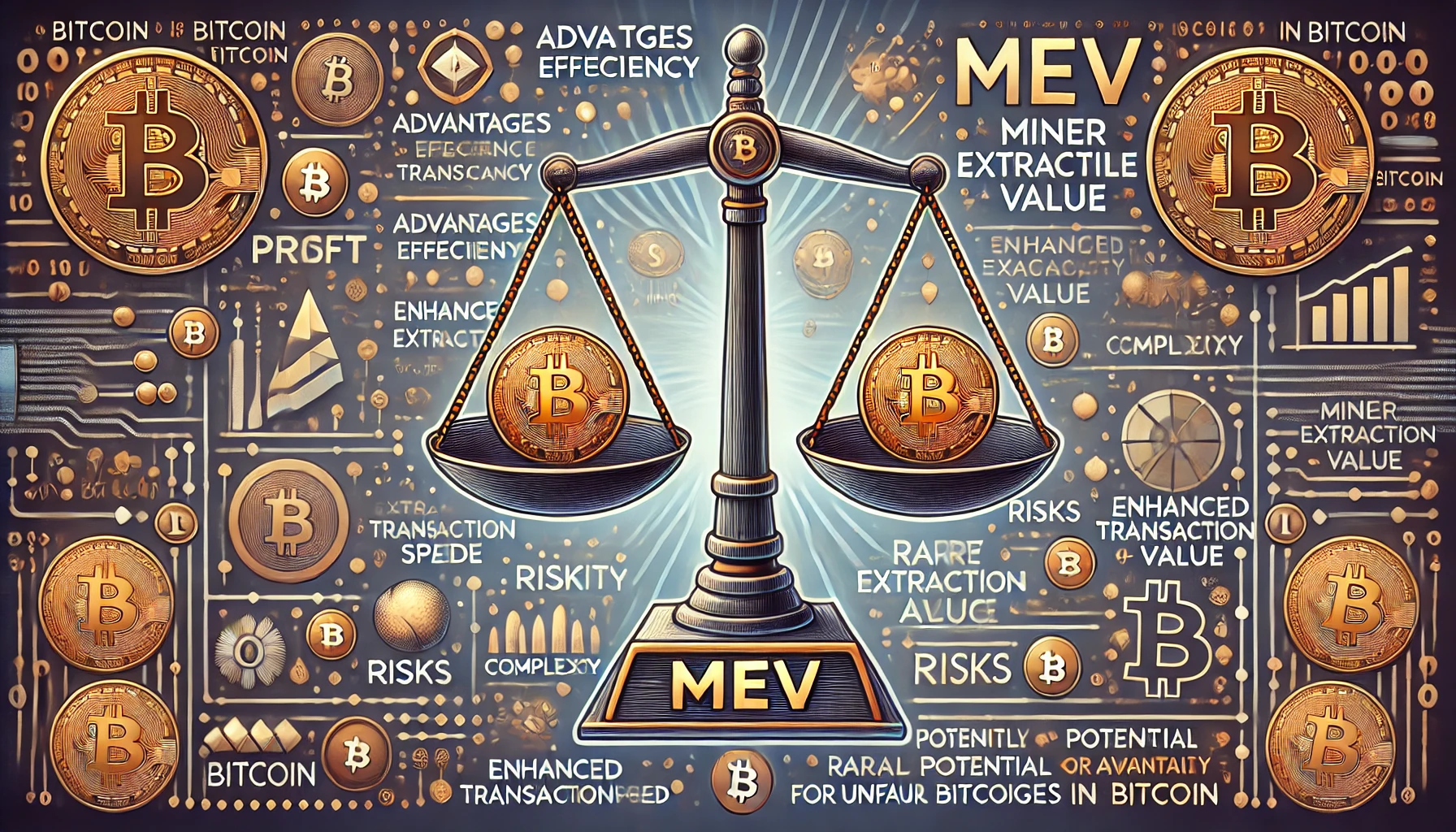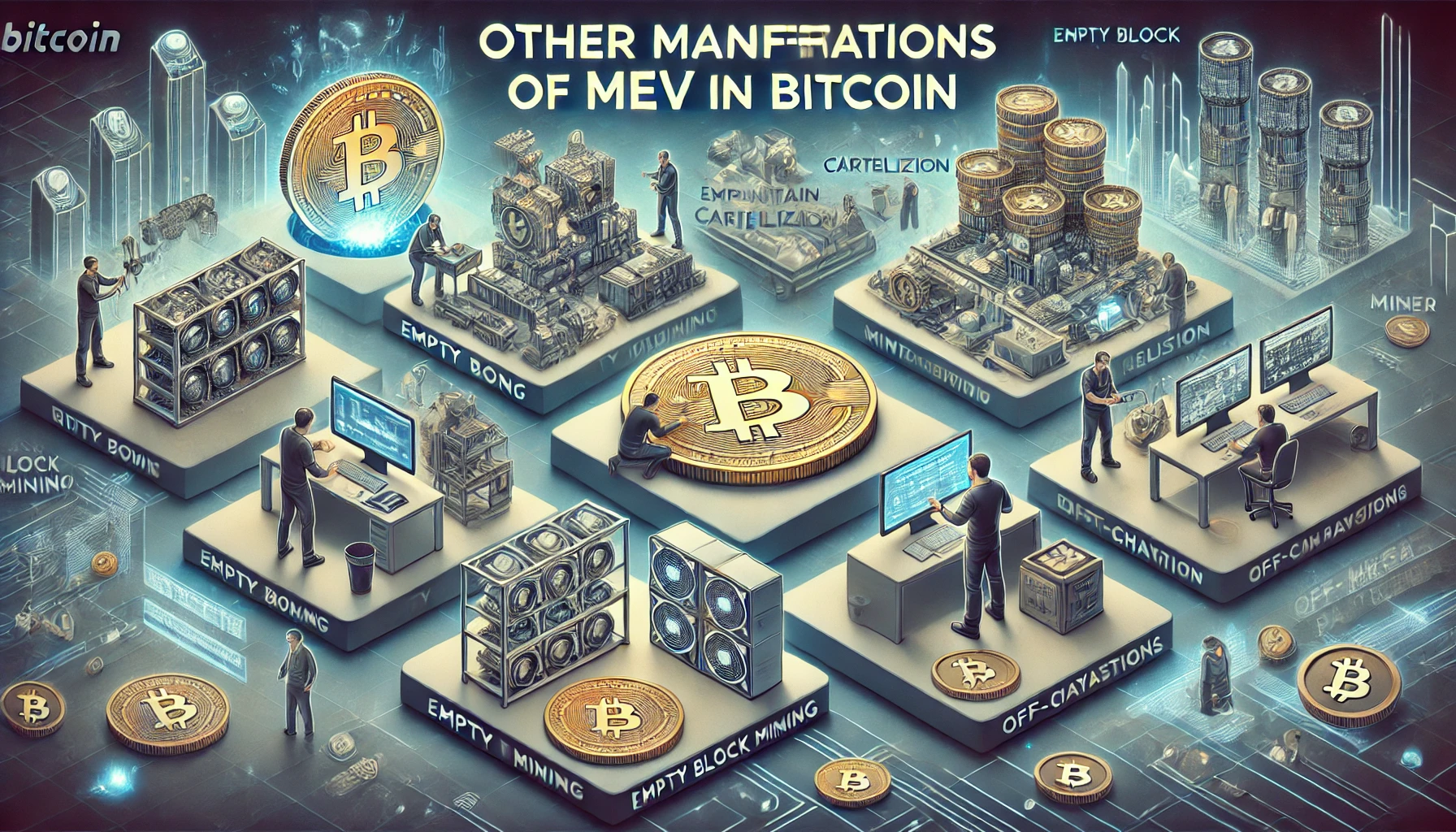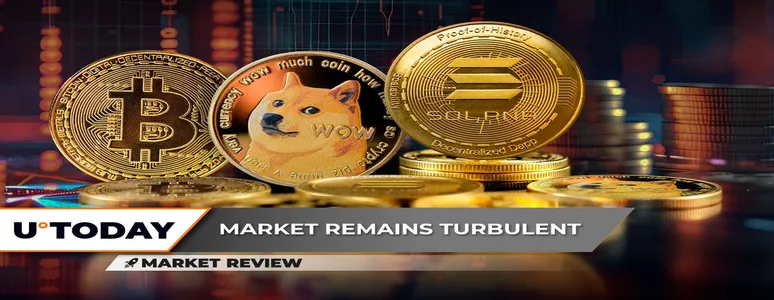MEV has started to appear in the Bitcoin network, but in more sophisticated forms compared to the Ethereum network. While arbitrage opportunities exist in both traditional finance and cryptocurrency, they are more pronounced in the latter due to the visibility of pending transactions and slow settlement times.
- Principles of MEV in the Ethereum Network
- MEV: Advantages, Disadvantages, and Rare Occurrences in Bitcoin
- Is MEV Reliable in Bitcoin?
- Other Manifestations of MEV in Bitcoin

Principles of MEV in the Ethereum Network
Although MEV is less noticeable in Bitcoin compared to Ethereum, it still manifests through practices like "sniping" ordinal inscriptions, mining empty blocks, and miner cartelization. This can lead to market pressure on mempools, requiring them to be "closed," undermining the fundamental principles of cryptocurrency.
One of the supposed "killer apps" for cryptocurrencies and blockchains is the ability to trade various assets without the involvement of centralized financial intermediaries. Regardless of whether most of these assets may not possess real value, people still make significant profits trading them. An example is 2020 when many got rich on SHIB, and then in 2023, trading WIF and PEPE.
When initial investments accumulated in these tokens, they were first bought on decentralized exchanges using automated market makers (AMM), long before their appearance on centralized exchanges.
The feature of AMM (besides the convenience and privacy that avoids identity verification) is that crypto influencers promote cryptocurrency and blockchains as the "next iteration" of the stock market. Imagine a stock market that never closes and where there is no way to undo a mistake if you end up on the wrong side of a deal.
On the stock market, for example, if person A wants to buy XYZ shares for $100, and person B sells them for $99, person C can find out about this and buy the shares from person B for $99, then sell them to person A for $100, making a $1 profit. This deal closes and clears the $1 market inefficiency between the buy and sell.
Similar arbitrage deals are possible with AMM, although in a slightly different form. For example, if you learn early about SHIB and want to buy it before it appears on a centralized exchange, you use AMM on the Ethereum blockchain. When you place an order, it goes into the mempool — a digital waiting room. If AMM incorrectly values SHIB due to market inefficiency, someone on the network can buy SHIB and then sell it to you at a profit using another AMM.
In the case of a large SHIB purchase, anyone can see your transaction and place trades around it, taking advantage of market inefficiency and the impact of your order on the market.
These trades are called "sandwich trades" or "sandwich attacks." In cryptocurrency, those who verify transactions prefer to order them to their advantage. Since block time does not coincide with real-time, there is enough time for arbitrage deals, especially if you use a bot.
Thus, MEV goes beyond AMM, and the more complex the deal, the more likely the appearance of MEV, as in traditional finance.

MEV: Advantages, Disadvantages, and Rare Occurrences in Bitcoin
Discussions about MEV (maximum extractable value) and its feasibility are widespread.
- On the one hand, MEV represents a free market that helps determine the real value of assets on blockchains by eliminating market inefficiencies. As a result, these inefficiencies become less noticeable.
- On the other hand, MEV can allow experienced users and experts to extract significant benefits at the expense of less informed novices, which may seem unfair.
So far, the discussion has mostly been about Ethereum, since, despite its first-mover advantages, MEV has historically not existed in Bitcoin. Theoretically, it was possible, but in practice economically unfeasible (except in very specific cases). Significant Bitcoin-based AMMs do not exist. This is because Ethereum is more functional than Bitcoin, allowing more different tokens to be created and traded on AMM.
Bitcoin is not as flexible, so there is no thriving market or AMM for new tokens on its basis. Without new assets in the Bitcoin network, MEV opportunities related to AMM remain limited. It mostly boils down to token exchanges within the network. However, even under such conditions, MEV has started to appear in the Bitcoin network.
Is MEV Reliable in Bitcoin?
MEV in Bitcoin is not as pronounced and reliable as in Ethereum. Three years ago, Bitcoin underwent an upgrade called Taproot, which made the network more flexible. This flexibility also inadvertently led to the appearance of an equivalent to NFT in the Bitcoin network through the Ordinals protocol, developed by Casey Rodarmor. Thus, by "exchanging Bitcoin for other Bitcoin," it is meant that the Ordinals protocol allows arbitrary data, such as images or text, to be inscribed into individual satoshis (the smallest units of Bitcoin). These digital collectibles are called inscriptions, to avoid confusion with NFTs (separate tokens). When you buy an inscription, you acquire a special Bitcoin that is viewed through the lens of the Ordinals protocol.
Thus, buying inscriptions on a platform like Magic Eden is done through a partially signed Bitcoin transaction (PSBT). The seller signs their part, and the buyer completes the transaction with their signature and pays the fee. This opens the possibility for MEV: if a trader sees such a transaction in the mempool, they can intercept it, replacing the original data with their own and offering miners a higher fee (through the Replace-By-Fee mechanism) so that their transaction is confirmed first.
Although this is not a pure form of MEV, as in the case of Ethereum, it still resembles MEV: the intended buyer and seller did not complete the deal because a third party offered miners greater compensation, maximizing their benefit from the transaction.

Other Manifestations of MEV in Bitcoin
In the Bitcoin ecosystem, where mining is still done by miners (unlike validators in Ethereum), actions resembling MEV regularly occur.
| Example | Description |
|---|---|
| Mining Empty Blocks | Sometimes miners mine a block that contains no transactions except for the Coinbase transaction (with a small "c," not to be confused with the company), which rewards the miner for the found block. Although this happens for technical reasons and empty blocks occur accidentally, it is hard not to see elements of MEV and questionable benefit to the Bitcoin network. |
| Miner Cartelization | Many Bitcoin miners use mining pools to smooth out their incomes. However, as pool sizes increase, this can become a problem. |
Some mining pools now control a significant portion of the total network hash rate, and two or three of the largest can combine to control more than half of the computing power. This gives them the ability to maximize profits through monopoly influence.
Another example of miner behavior related to MEV is out-of-band payments. In such cases, miners are paid either off-chain or through separate, seemingly unrelated Bitcoin transactions for including non-standard transactions. Although this is not a classic example of MEV, the extracted value does not go directly to the blockchain but is obtained through additional payments to miners.
Some researchers are concerned that out-of-band payments could create a slippery slope and overshadow the main incentives. However, miners are already taking advantage of this opportunity. The large public mining giant Marathon (NASDAQ: MARA) launched a service called Slipstream, offering to accept non-standard transactions.
This practice could lead to the creation of private mempools, raising concerns.
If most transactions are sent to private mempools for confirmation, only a few select ones will be able to influence Bitcoin transactions, leading to centralization of power in the blockchain — a situation clearly contrary to the principles of decentralization and resistance to censorship.
Such and other examples of MEV in Bitcoin already exist and new ones are likely to appear. It is important for network participants to pay attention to this and assess the potential consequences.


















Comments